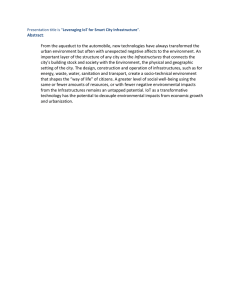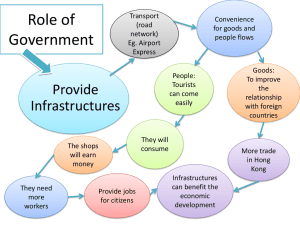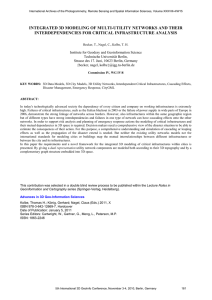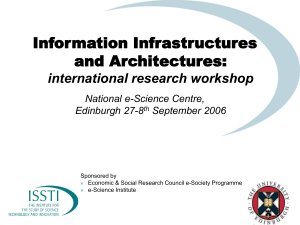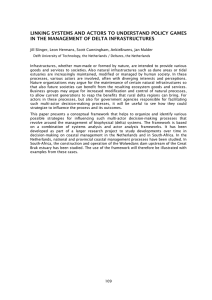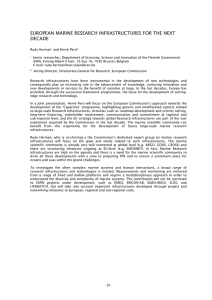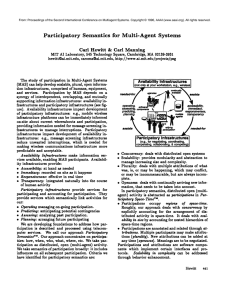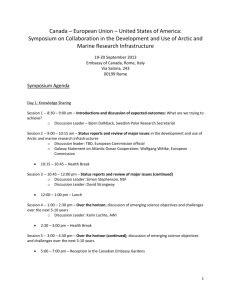Smith1
advertisement
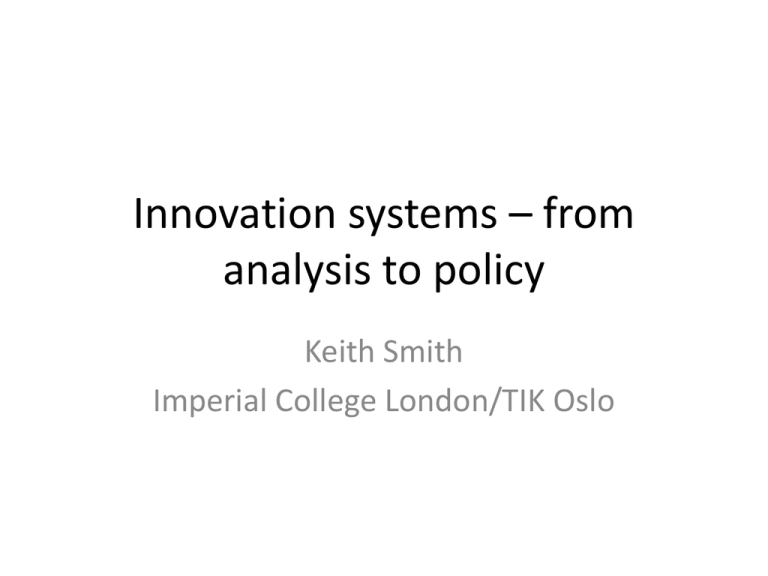
Innovation systems – from analysis to policy Keith Smith Imperial College London/TIK Oslo A basic question… • To what extent is innovation performance of an economy (regional or national) an effect of individual entrepreneurship? • How significant is the individual innovating firm? Some historical foundations • The scientific revolution and industrialisation. Role of knowledge institutions. • The rise of mass education • Late 19th century – the revolution in innovation methods • The creation of infrastructural institutions – in metrology, oceanography, weather, geology, chemistry, etc. By end C19 all industrialised economies had these institutions. (NB Paul David on US geological survey) Some analytical foundations • Collective invention. Time horizons and geographical spreads. • Technological evolution – increasing complexity and scale, multitechnology firms, interactive technological development (Babcock and the inclined boiler – role of Singer etc) • Clustered development – regional embeddedness and labour markets, education, specialised suppliers etc Institutional frameworks • New regulatory frameworks – health, safety, labour laws, IPRs • Financial and accounting law • Corporate governance and ownership systems • State-corporate interactions • Resource law and allocation • Infrastructure funding and regulation Infrastructures • Physical: roads, harbours, energy supply etc. • Knowledge: universities, research institutes, knowledge repositories Infrastructures improve the capcity and cohesion of the economy Some empirical aspects of innovation • The prevalence of interactive learning • Persistence of supply chains and trade relationships • The pervasiveness of public-private interactions, and the ‘developmental state’ • The existence and roles of knowledge institutions • The trajectories of ‘core’ or ‘macro’ innovations ‘Macro’ innovations – where do they come from • Railroads, shipping, etc • The modern era – computing, pharma, large commerical aircraft, jet transport, digital telecoms, space-based communications, GPS, the mobile telephone, health innovations (lenses) • The pattern here is interactive. Many originate with public support, public institutions, procurement, regulatory support. Innovation systems • Stable created structures of institutions, organisations and infrastructures that provide innovation components and shape the innovation environment at regional, national or supranational levels. Innovation systems literature • Friedrich List on German growth, Alfred Marshall on industrial districts • Lundvall, Nelson on descriptive approaches to specific systems • Edquist on components of systems • Jackobsson et al on systems and policy Systems and policy • Policy makers attracted to systems approaches because policies tend to be integrated suites of instruments, not a single measure • Problems then concern what set of instruments, what relative balance between them, what composition, what dynamics etc. System functionality and policy One approach is to think of functions of a wellperforming system. For example: • • • • • Identifying opportunities Allocating resources Building competence and capability Securing legitimacy Creating infrastructures A strategic framework: UK priorities • Strengthening the sharing and disssemination of knowledge (Issue: collaboration/competition) • Supporting a coherent and integrated knowledge infrastructure (Issue: science base/Information infrastructure/Catapult centres) • Encouraging business investment in all forms of innovation (R&D tax credits, corporate governance issues) • Improving the innovative capacity of the public sector (procurement/services/technology selection)
